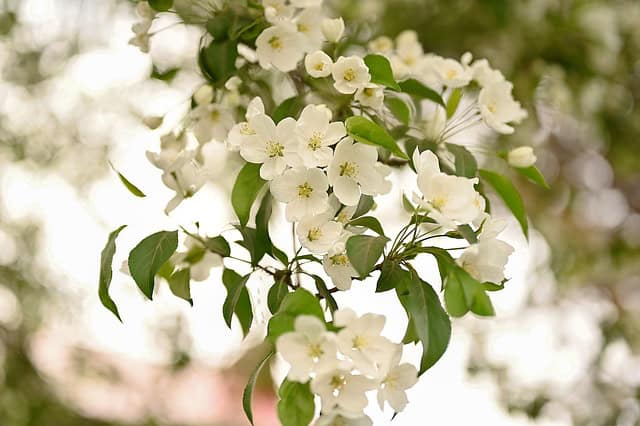
Table of Contents
As the warmth of summer floods our June garden it becomes a pivotal month for both maintaining and enhancing our outdoor spaces. The longer days and thriving plants offer ample opportunities for various gardening tasks. Find below a guide to help you make the most of this important month.
General Maintenance
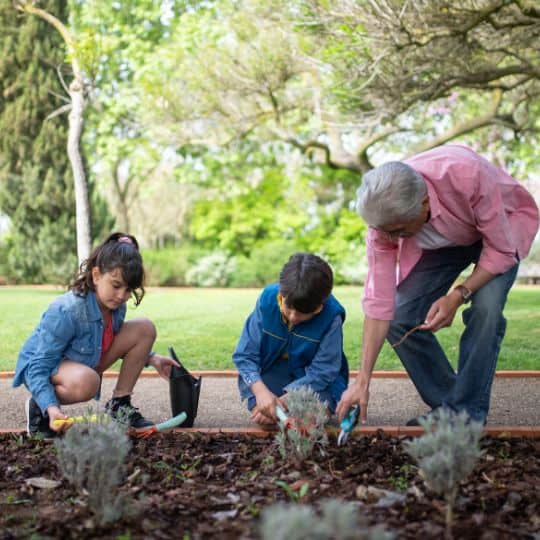
Weeding
Regular weeding is crucial for the early June Garden as the warm weather encourages rapid growth in young plants. Remove weeds by hand when possible at this time of year before they seed to prevent further spread, also leave the young weeds on the surface to dry out and die. Hoeing between rows for established weeds is a good idea, preferably when the soil is dry for the best results.
Watering
Consistent watering is essential, especially during warmer temperatures and dry spells. Early morning watering reduces evaporation and helps plants absorb moisture efficiently.
Light Weight Membrane
Use a light weight membrane around plants to kill more established weeds and also to help retain moisture and maintain soil temperature. You can also apply Organic mulches as an alternative like Straw, Wood Chips, or Compost for great results. Do not let the weeds flower as you will only get new crops of weeds from the seeds.
Plant Care
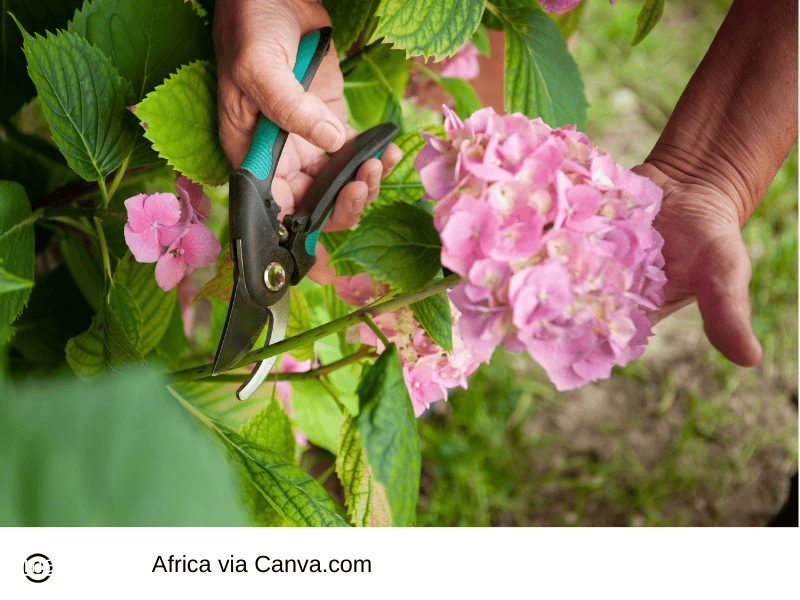
Deadheading
Remove spent flowers from the flower beds of perennials and annuals to encourage continuous blooming. This also helps the plant conserve energy.
Feeding
Fertilize flowering plants and vegetables to promote healthy growth. Use a balanced Fertilizer or Compost to provide essential nutrients.
Pruning
Lightly prune shrubs and climbers in the garden in June to maintain shape and encourage new growth. Remove any dead or diseased branches.
Vegetable Garden
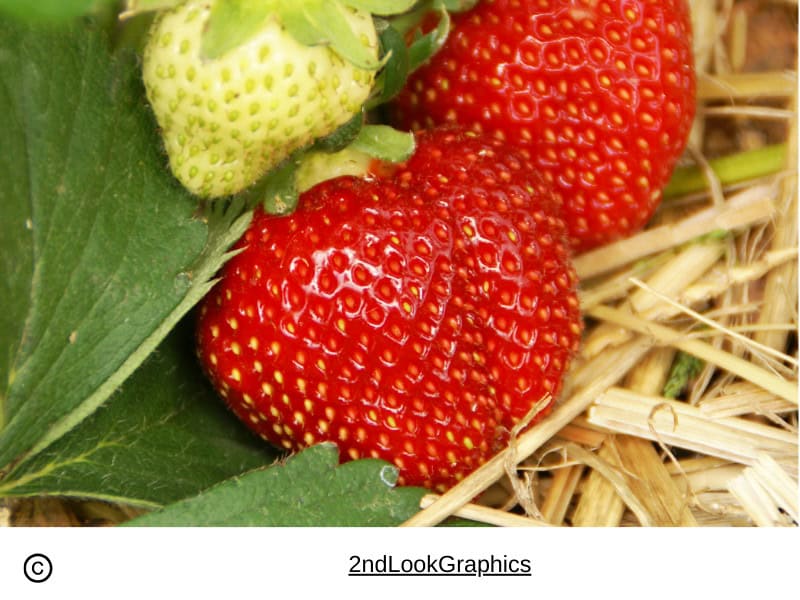
Harvesting
June is a glorious month for harvesting early vegetables and salad crops like Radishes, Peas, and Strawberries. Regularly pick ripe produce to encourage further growth.
Succession Planting
To ensure a continuous harvest, sow seeds of fast-growing crops like Lettuce, Spinach, and Radishes every few weeks.
Pest Control
Monitor plants for pests such as Aphids, Slugs, and Caterpillars. Use organic sprays like Handpicking, Neem Oil, or insecticidal soap to manage infestations.
Flower Garden
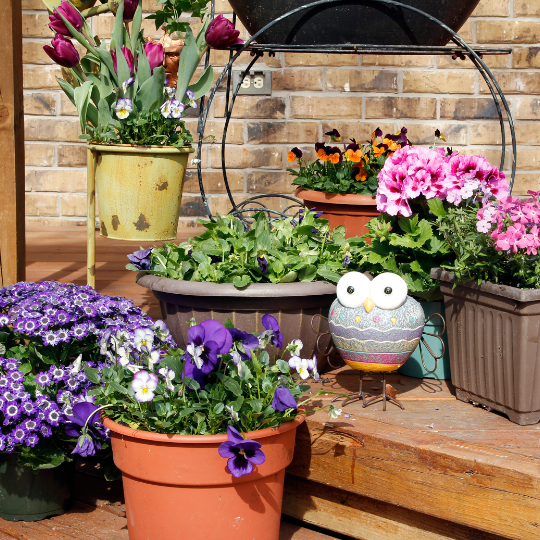
Planting Summer Annuals
June is the ideal time to plant summer annual garden plants like Marigolds, Petunias, and Zinnias for a burst of color. Ensure the summer bedding plants are well-watered and mulched.
Support Tall Plants
Stake or cage tall vulnerable plants like Dahlias and Delphiniums to prevent them from toppling over in full bloom in strong winds.
Divide Perennials
If your perennials are becoming overcrowded it is a great time to divide and replant them. This helps rejuvenate the plants and promotes better blooming.
Lawn Care
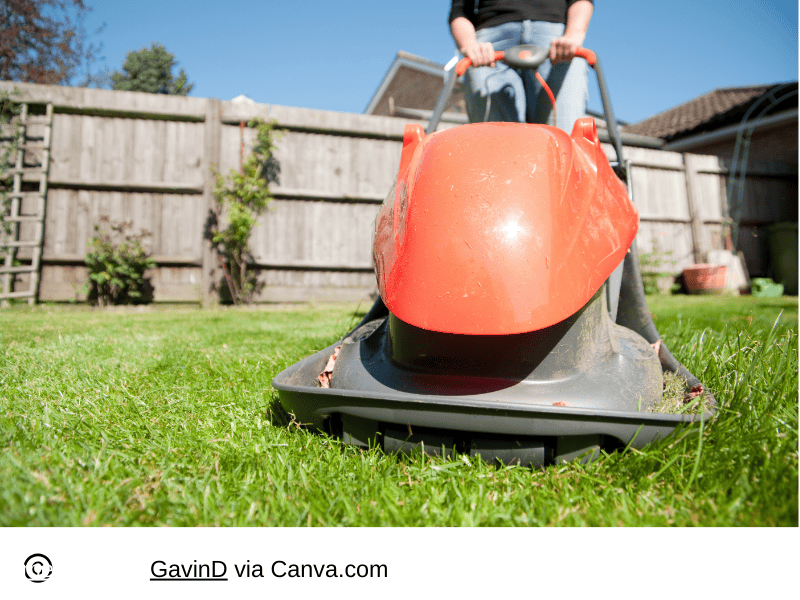
Mowing
Regular mowing is essential to keep the lawn healthy and in good shape during the warmer months. Adjust your mower to a higher setting to keep the grass slightly longer, which helps retain moisture and shade the roots.
Feeding and Watering
Apply a slow-release fertilizer and pay special attention to water deeply to promote strong root growth. Avoid frequent shallow watering as it encourages shallow roots.
Aeration
If your lawn is heavily compacted, consider aerating it to improve water and nutrient absorption and good drainage.
Herb Garden Care
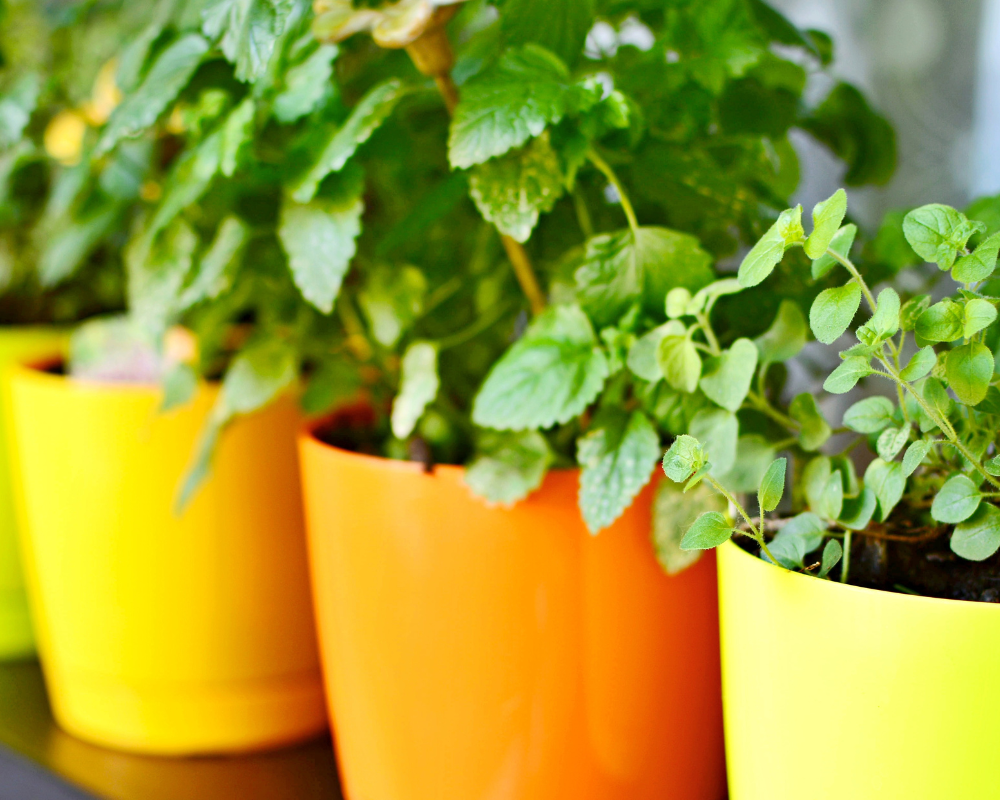
Harvesting Herbs
Harvest herbs like Basil, Mint, and Oregano regularly to encourage bushy growth. Early morning is the best time to harvest for maximum flavor.
Drying and Storing
Preserve surplus Herbs by drying or freezing them for later use. Hang small bunches upside down in a warm, dry place or use a dehydrator.
Pest Management
Check Herbs for pests and use organic solutions to keep them at bay. Companion planting with pest-repellent Herbs like Rosemary and Thyme can also help.
Ornamental Trees and Shrubs

Watering Young Trees
Newly planted Trees and Shrubs need regular watering to establish strong roots. Water deeply and thoroughly.
Pruning Spring-Flowering Shrubs
Prune spring-flowering shrubs like Lilacs and Forsythias after they finish blooming to shape them and encourage new growth.
Inspect for Diseases
Keep an eye out for signs of diseases like Powdery Mildew or Rust. Remove affected leaves and treat with appropriate fungicides if necessary.
Wildlife Care
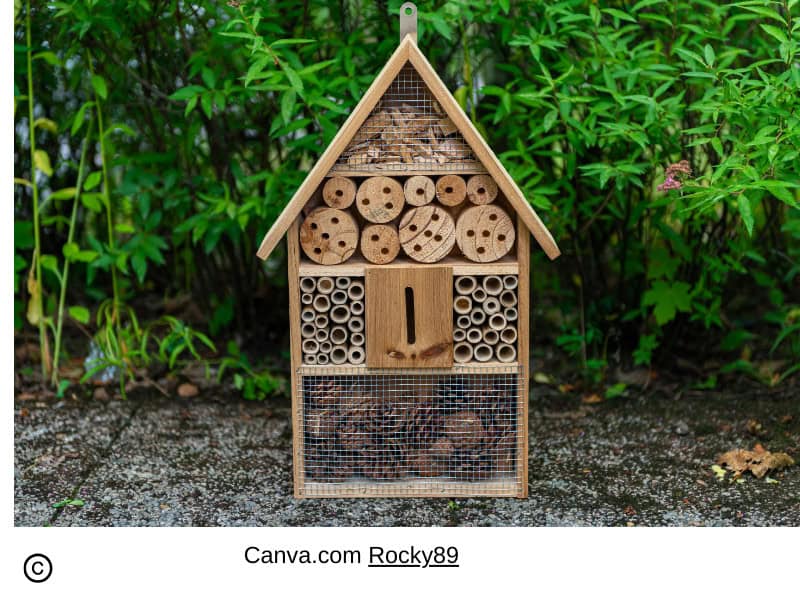
Feeding Birds
Continue to provide food and fresh water for birds. Clean feeders regularly to prevent the spread of diseases.
Creating Habitats
Encourage beneficial insects and wildlife by creating habitats such as Log Piles, Insect Hotels, and Wildflower Patches.
Pond Maintenance
If you have a garden pond, maintain it by removing Algae, topping up water levels, and ensuring any pumps or filters are working efficiently.
Conclusion
June is a month of vibrancy and growth in the garden. By staying on top of these essential tasks, you can ensure your garden remains healthy, productive, and beautiful throughout the summer.



